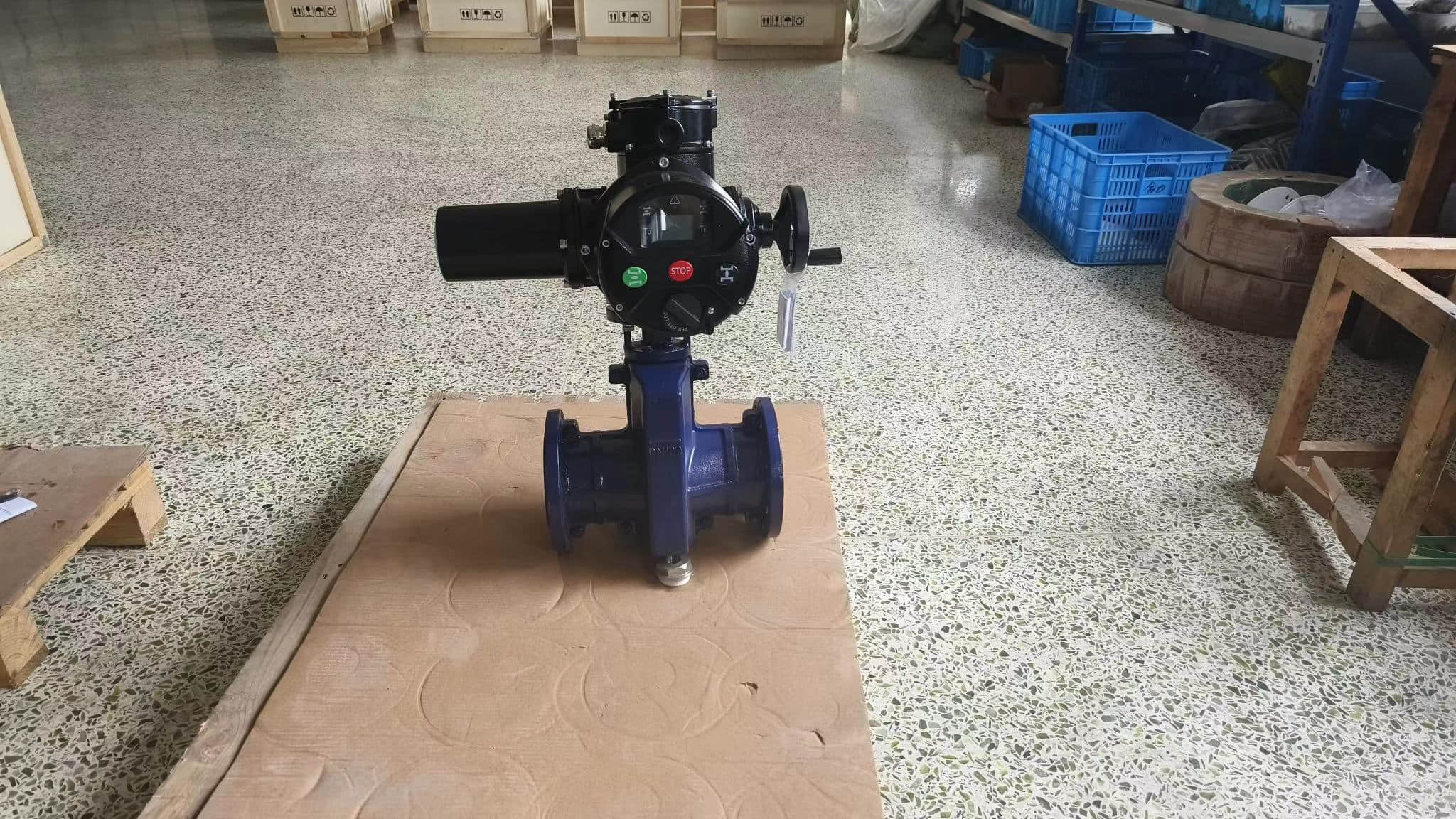understanding electric pinch valves: applications and advantages
Release time:2025-01-27 09:56:35
Electric pinch valves are increasingly gaining popularity in various industrial applications due to their unique design and functionality. These valves provide a reliable and efficient means of controlling fluid flow in pipelines, making them a crucial component in many sectors, including wastewater treatment, food processing, and chemical manufacturing. In this article, we will explore the working principles, applications, advantages, and considerations associated with electric pinch valves.

Working Principle
An electric pinch valve operates by using an electric actuator to compress a flexible tube, which is typically made of rubber or other elastomeric materials. The valve is usually designed with two opposing ends where the tube is held in place. When the actuator is energized, it exerts force on the tube, effectively pinching it closed and obstructing the flow of fluid. Conversely, when the actuator is de-energized, the tube relaxes, allowing fluid to flow freely through the valve.
This simple yet effective mechanism allows for precise control of flow rates, making electric pinch valves ideal for applications where accurate dosing or flow regulation is critical. The design also minimizes the risk of contamination since there are no moving parts that come into contact with the fluid, ensuring a clean and hygienic operation.

